Follow Us
- Navy Employee Vishal Leaks Operation Sindoor Details to Pakistan, Arrested from Jaipur
- Stock Market Closes Strong for Third Consecutive Day, Sensex Surges by 1,000 Points
- BJP Uses Constitution to Gain Power, Forgets to Respect It Once in Power: Akhilesh Yadav
- Shubhanshu’s Spacecraft Docks with International Space Station, to Return to Earth in 14 Days
- Every act of terrorism is criminal & unjustifiable: Rajnath Singh
Help Discover the Sounds of Space Played by NASA’s HARP
Now, a new NASA-funded citizen science project called HARP – or Heliophysics Audified: Resonances in Plasmas – has turned those once-unheard waves into audible whistles, crunches, and whooshes. Early tests have already made surprising finds, and citizen scientists can join the journey of sonic space exploration to decipher the cosmic vibrations that help sing the song of the Sun and Earth.
“What excites me most about the HARP project is the ability for citizen scientists to make new discoveries in heliophysics research through audio analysis,” said the project’s principal investigator, Michael Hartinger, a heliophysicist at the Space Science Institute in Colorado. “We need their help to understand complex patterns in the near-Earth space environment.”
Between Earth and the Sun, space is not truly empty but is filled with a soup of charged particles called plasma. This plasma comes from the Sun, pumped out in a steady stream called the solar wind and sporadically blasted away in explosive solar eruptions. When this solar plasma strikes Earth, it causes the magnetic field lines and plasma around Earth to vibrate like the plucked strings of a harp, producing ultralow-frequency waves.
In 2007, NASA launched five satellites to fly through Earth’s magnetic “harp” – its magnetosphere – as part of the THEMIS mission (Time History of Events and Macroscale Interactions during Substorms). Since then, THEMIS has been gathering a bounty of information about plasma waves across Earth’s magnetosphere.
“THEMIS can sample the whole harp,” Hartinger said, “and it’s been out there a long time, so it has collected a lot of data.”
The frequencies of the waves THEMIS measures are too low for our ears to hear, however. So the HARP team sped them up to convert them to sound waves. By using an interactive tool developed by the team, you can listen to these waves and pick out interesting features you hear in the sounds.
“The process of identifying new features through deep listening feels a bit like treasure hunting,” said Robert Alexander, a HARP team member from Auralab Technologies in Michigan. “I’m excited for individuals around the world to get a taste of this experience through the HARP project.”
According to the team, humans are often better at picking out interesting wave patterns by ear than by eye – and can even do better than computers at identifying complex patterns that emerge during extreme solar events.
“The human sense of hearing is an amazing tool,” said HARP team member Martin Archer of Imperial College London. “We’re essentially trained from birth to recognize patterns and pick out different sound sources. We can innately do some pretty crazy analysis that outperforms even some of our most advanced computer algorithms.”
HARP was inspired by an earlier sonification project led by Archer called MUSICS (Magnetospheric Undulations Sonified Incorporating Citizen Scientists). When Archer asked high school students in London to listen to sonified data (measurements converted into sound) from National Oceanic and Atmospheric Association (NOAA) satellites, they identified a new plasma wave pattern related to solar storms.
“London high school students were able to pick out a complex but repeatable pattern in the sound that the automated methods missed,” Hartinger said. “HARP is going to take this to a new level working with a much larger dataset from NASA’s THEMIS mission and with a much larger online audience.”
There’s an advantage to having a wide and diverse group of people listen to the sounds, the team says.
“Everyone hears the world differently,” explained Emmanuel Masongsong of the University of California, Los Angeles, who is a HARP team member and a member of NASA’s THEMIS mission. “Every participant will react uniquely to the vibrations in space. What one person ignores, another may be drawn to immediately. We want people to discover things that we never considered, or that computer algorithms would not be able to detect. That's how discoveries are made!”
Preliminary investigations with HARP have already started revealing unexpected features, such as what the team calls a “reverse harp” – frequencies changing in the opposite way than what scientists anticipated.
“HARP has the potential to find things that we weren’t expecting, which is really exciting,” Archer stated.
HARP could also provide insights about phenomena that other NASA citizen scientists have encountered, such as sounds heard by amateur radio operators participating in the HamSCI project, or wave-like auroras examined through the Aurorasaurus project.
“Data sonification provides human beings with an opportunity to appreciate the naturally occurring music of the cosmos,” said Alexander. “We're hearing sounds that are literally out of this world, and for me that's the next best thing to floating in a spacesuit.”
Shubhanshu’s Spacecraft Docks with International Space Station, to Return to Earth in 14 Days
NASA Astronaut Don Pettit, Crewmates Complete Space Station Expedition
NASA, SpaceX launch resupply mission to space station
NASA Astronauts Back on Earth After 9 Months In Space
Stranded NASA astronauts to return home on Tuesday
-
.jpg)
Navy Employee Vishal Leaks Operation Sindoor Details to Pakistan, Arrested from Jaipur -
.jpg)
U.S. President Trump Signals Softening Stance on Iran, Makes Statement on Iranian Oil and China! -
.jpg)
Pakistani Officer Who Captured Indian Air Force Pilot Abhinandan Killed in Taliban Attack -
.jpg)
Trump to send Ukraine more Patriot missiles after meeting Zelenskiy -

Election Commission has become a puppet of Modi govt : Kharge -

BJP staging drama to cover up government's failures : Kharge -

PM Modi hails successful launch of space mission carrying astronauts from India, Hungary, Poland, and the United States -

Axiom-4 Mission Launched: Shubhanshu Shukla Sent Message From Space;Says 'Entire India Is with Me' -
.jpg)
France condemns Israeli strikes on civilians at Gaza aid distribution center -

25 Killed, Over 100 Injured As Israeli Army Opens Fire on People Waiting for Aid in Gaza -
.jpg)
'BJP's politics based on hatred and discrimination, Rahul Gandhi on Odisha Dalit youths 'torture' -

Two Dalit Men in Odisha Tonsured, Assaulted, Congress Forms Probe Committee -
 (2).jpg)
Iran-Israel war: Israel says Iran launched more missiles despite truce -
.jpg)
Iranian Missile After US Attack Causes Heavy Destruction,Over 40 Missiles Fired -
.jpg)
Iran Attacks Israel with Over 30 Ballistic Missiles After US Airstrike, Images of Destruction Surface


-
 Chaos in Several Israeli Cities: 10 Dead, Over 200 Injured In Iranian Missile Attacks! Scenes of Destruction Everywhere
Chaos in Several Israeli Cities: 10 Dead, Over 200 Injured In Iranian Missile Attacks! Scenes of Destruction Everywhere.jpg) Iran Fires Ballistic Missiles, Widespread Devastation In Israel
Iran Fires Ballistic Missiles, Widespread Devastation In Israel NEET UG 2025 Results Declared: Rajasthan’s Mahesh Keswani Tops, Madhya Pradesh’s Utkarsh Avadhiya Secures Second Place
NEET UG 2025 Results Declared: Rajasthan’s Mahesh Keswani Tops, Madhya Pradesh’s Utkarsh Avadhiya Secures Second Place PM Modi to visit Republic of Cyprus,Canada and Croatia from 15-19th June, 2025
PM Modi to visit Republic of Cyprus,Canada and Croatia from 15-19th June, 2025 -
 Priyanka Gandhi slams Modi govt for abstaining from UN motion on Gaza
Priyanka Gandhi slams Modi govt for abstaining from UN motion on Gaza UN Security Council meets in emergency session after Israel-Iran conflict escalates
UN Security Council meets in emergency session after Israel-Iran conflict escalates.jpg) Congress Criticizes Home Minister on Ahmedabad Crash: 'Promise Accountability, Not Lectures on Fate'
Congress Criticizes Home Minister on Ahmedabad Crash: 'Promise Accountability, Not Lectures on Fate' One year of BJP rule in Odisha is a year of misrule,deception and arrogance : Congress
One year of BJP rule in Odisha is a year of misrule,deception and arrogance : Congress



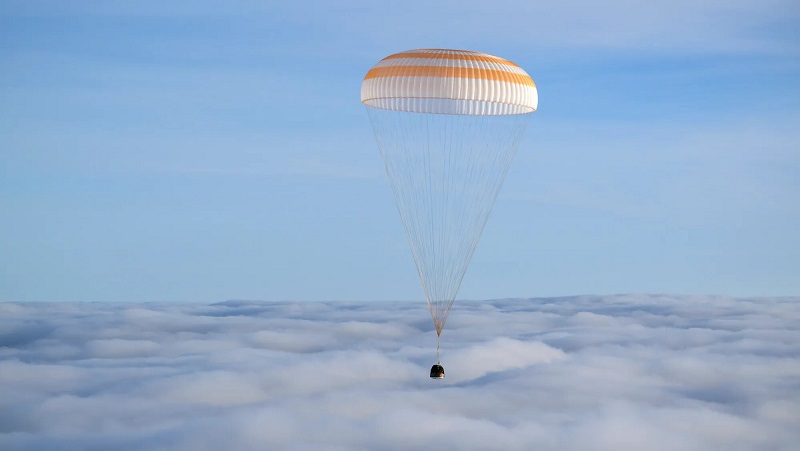
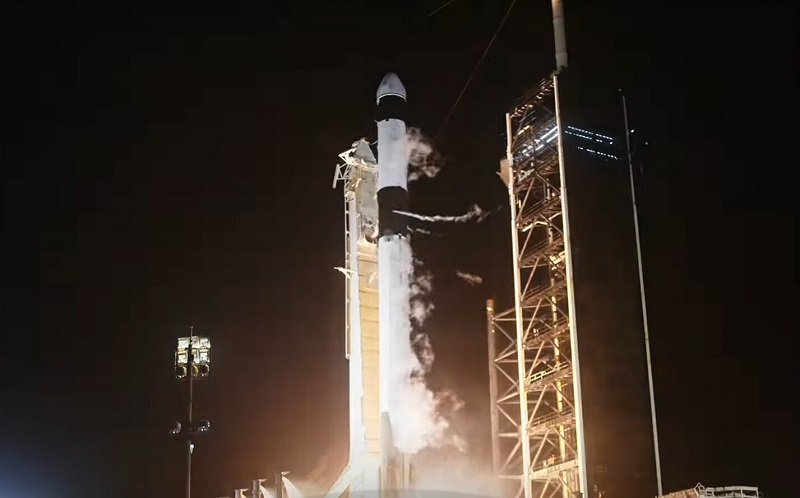
.jpg)
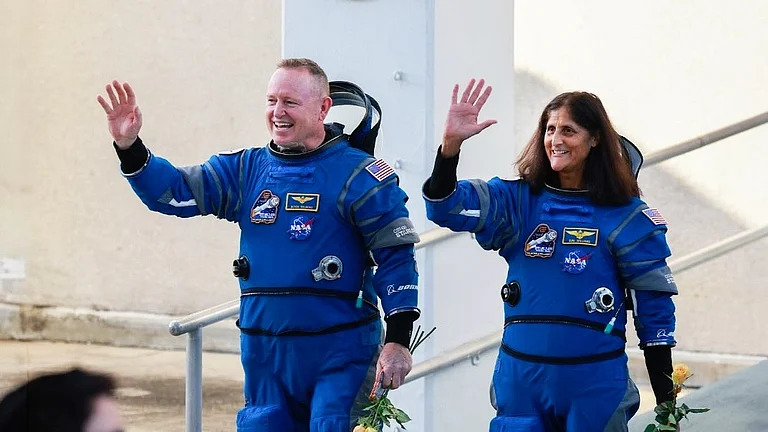
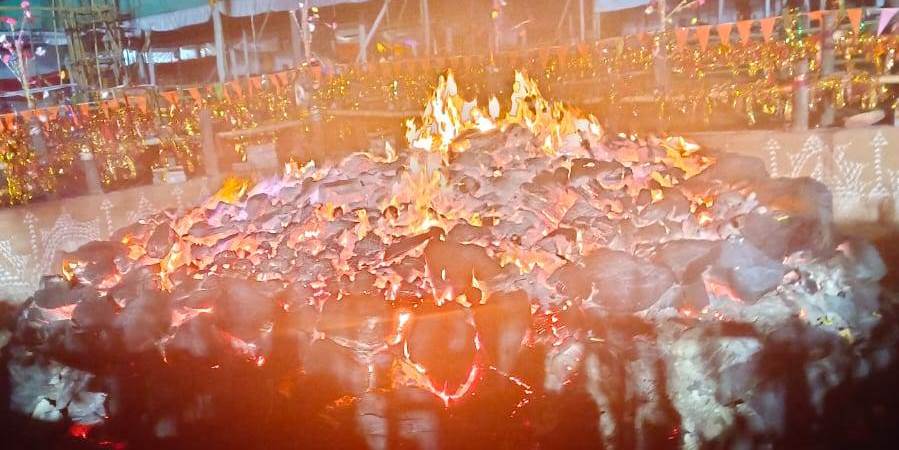
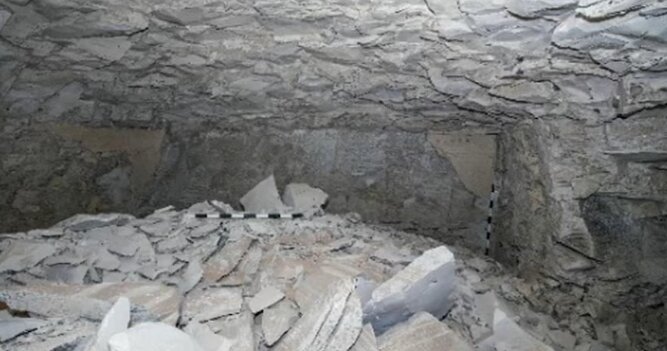
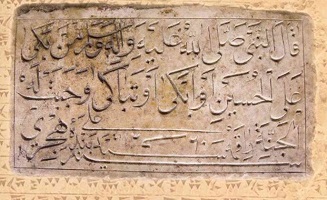





.jpg)





.jpg)








